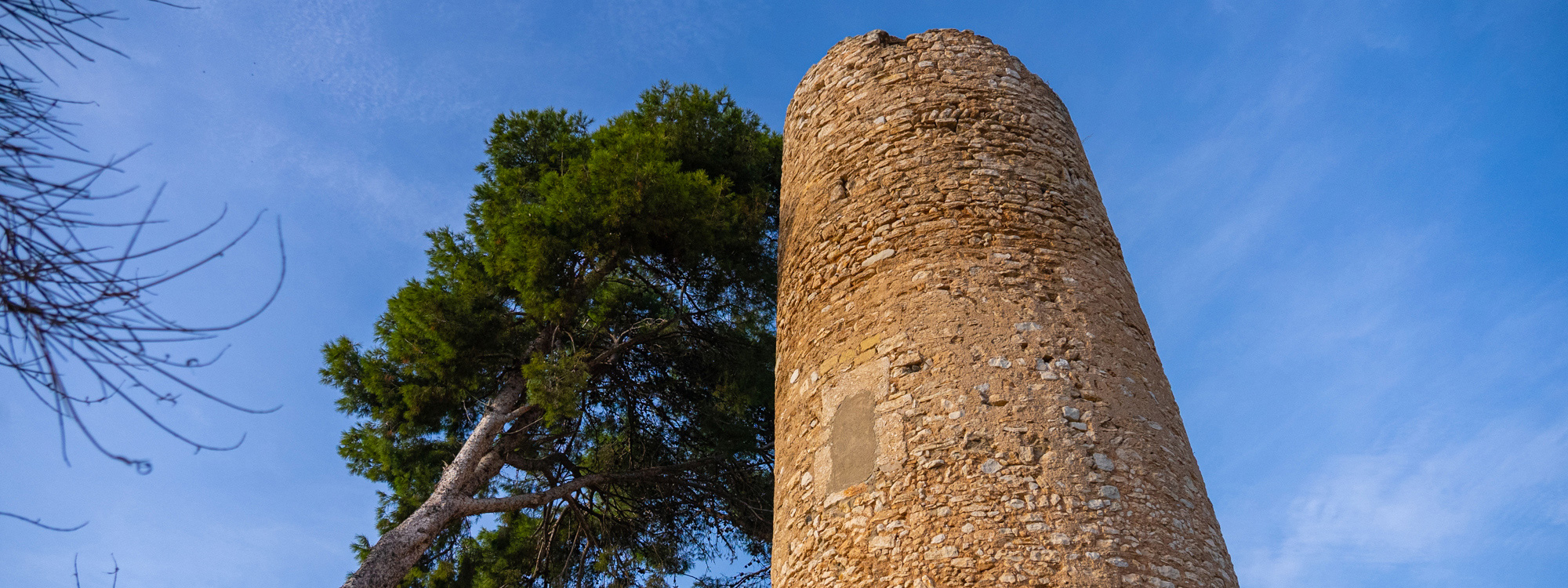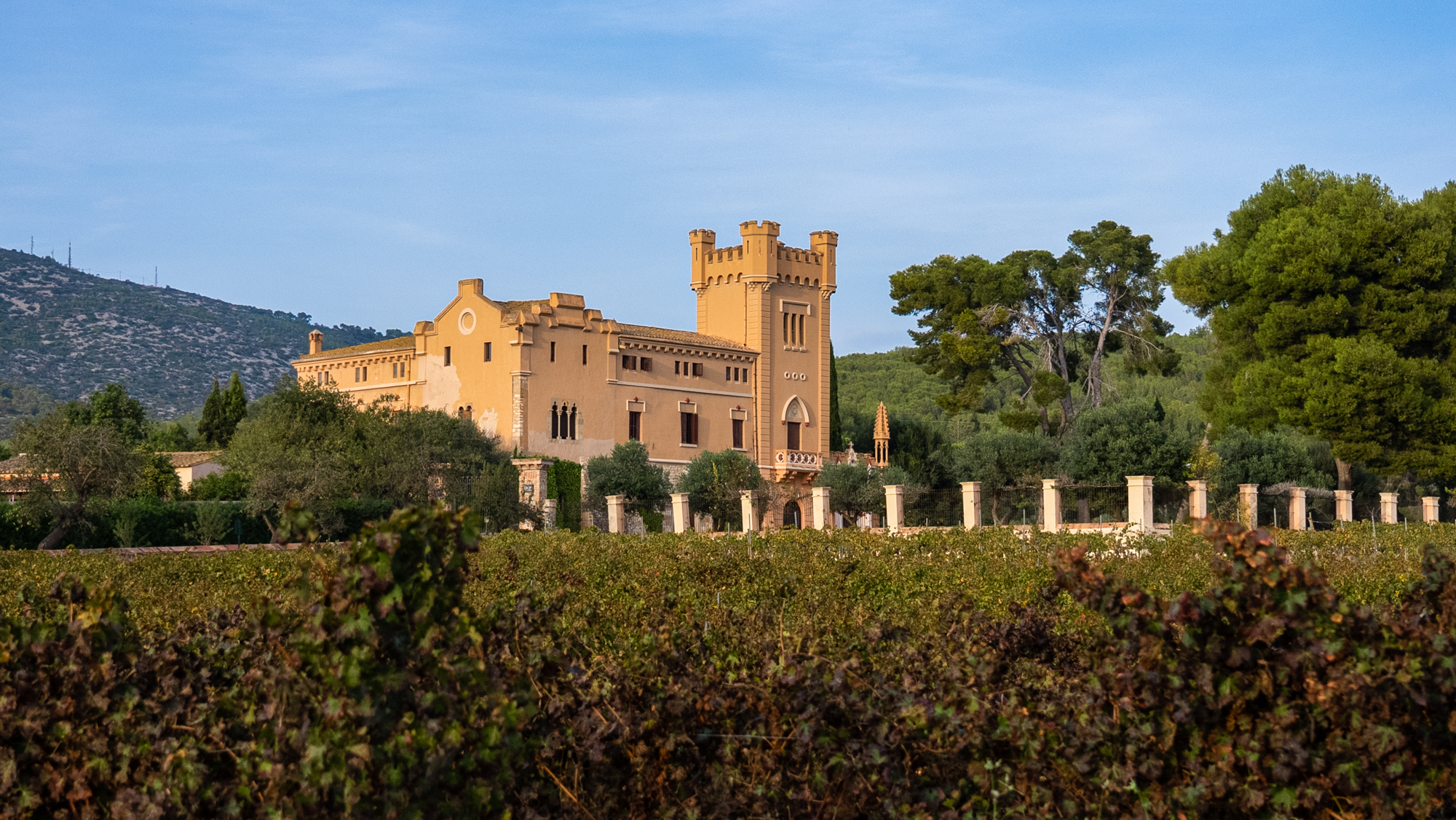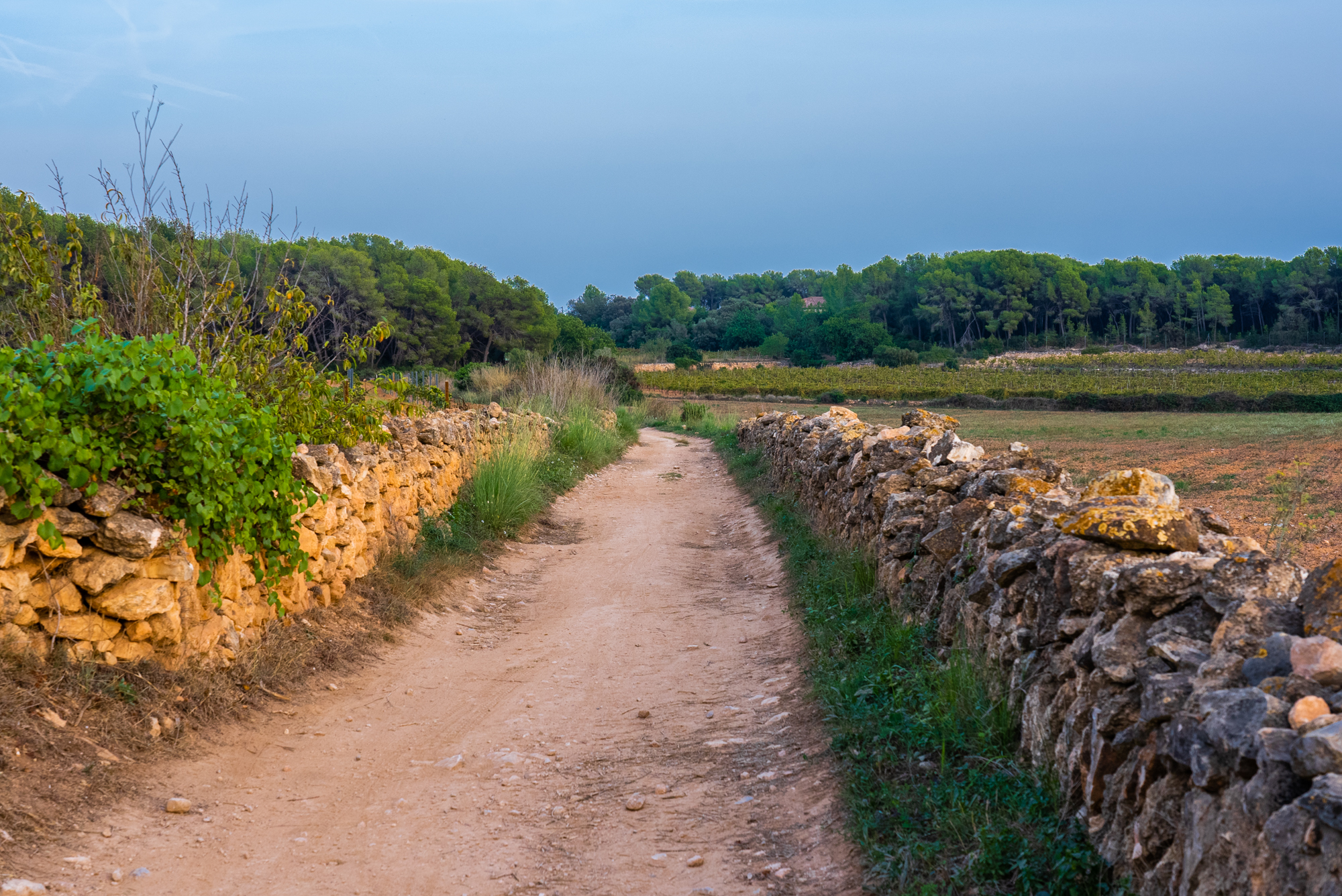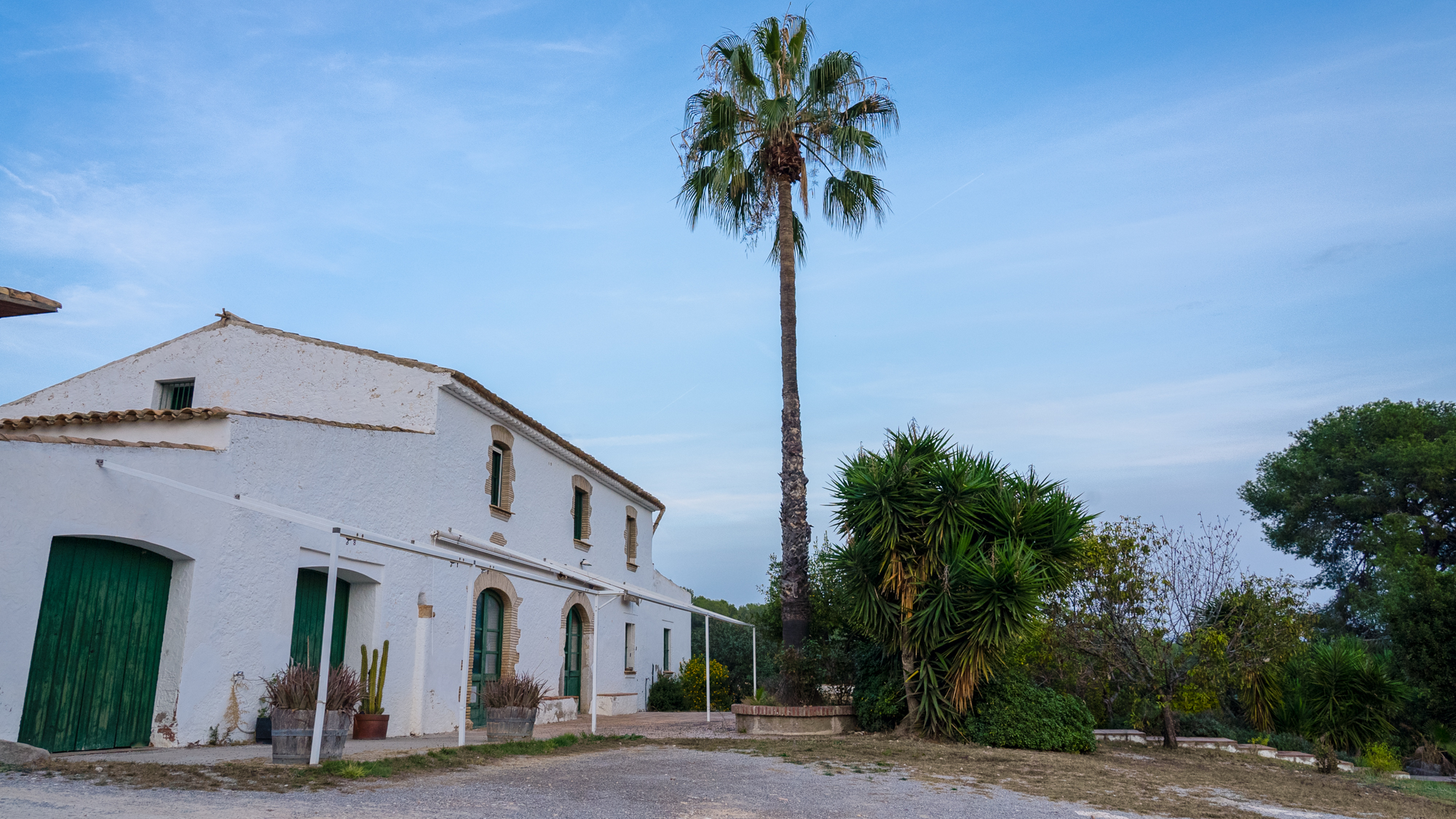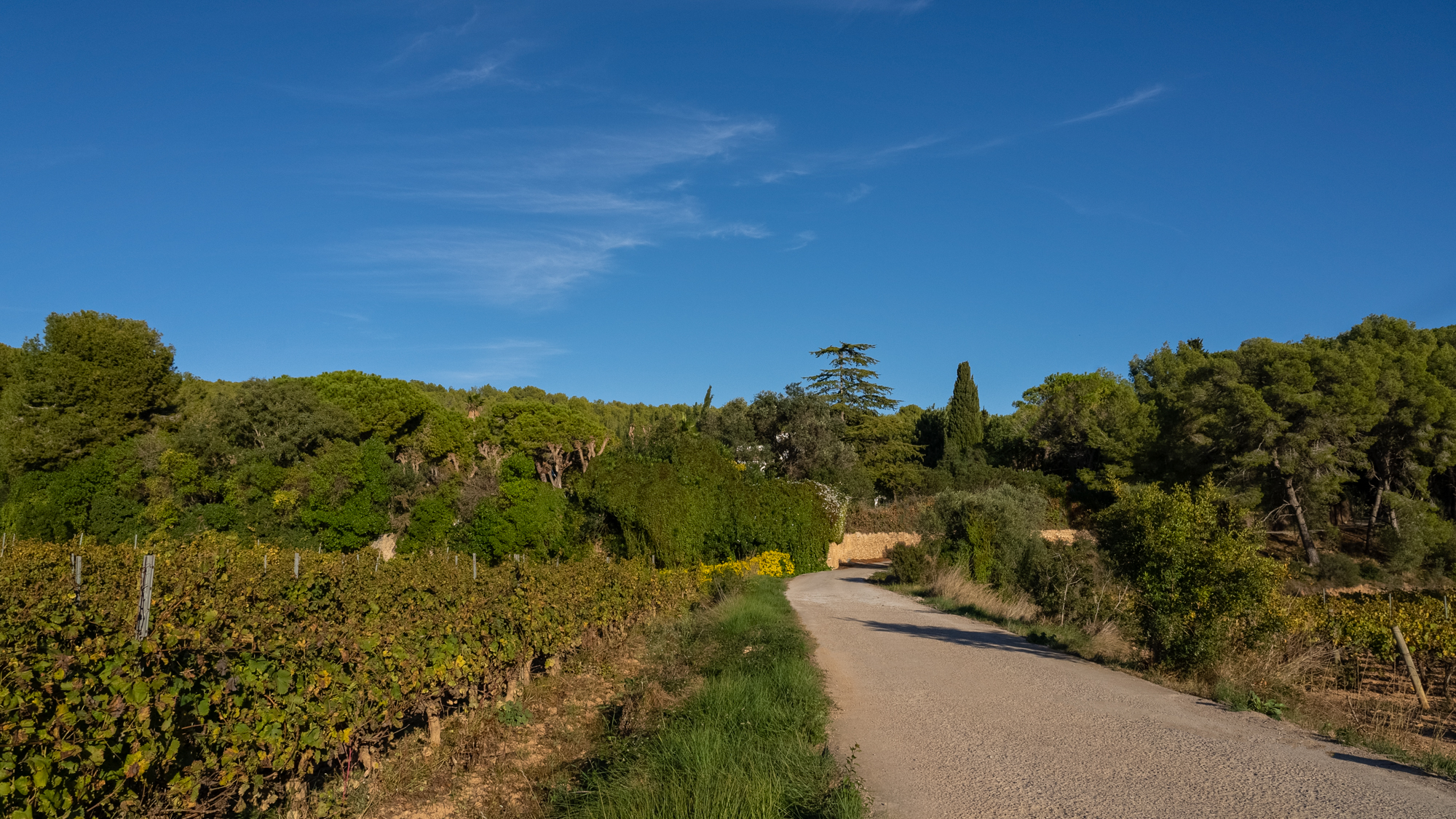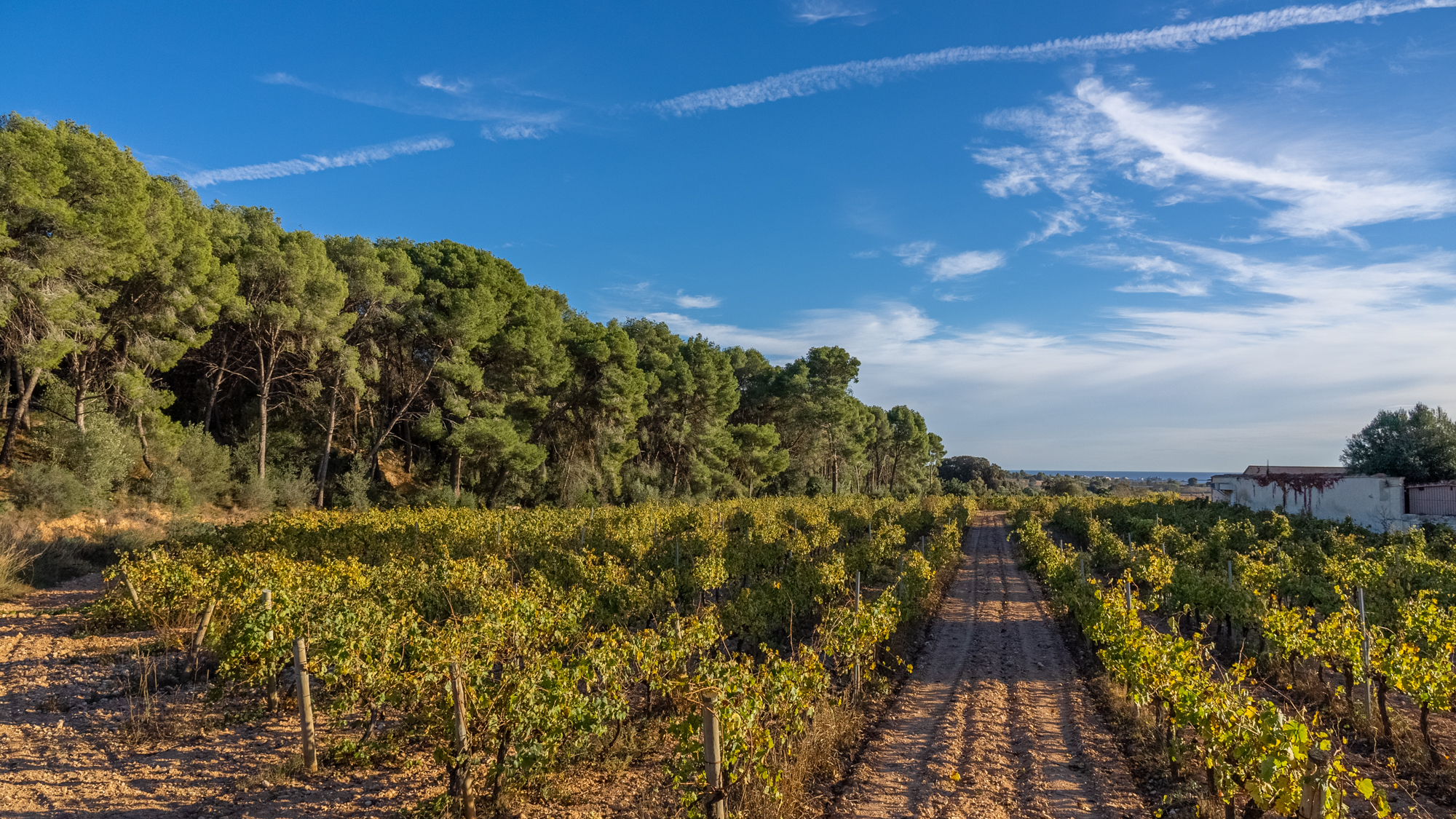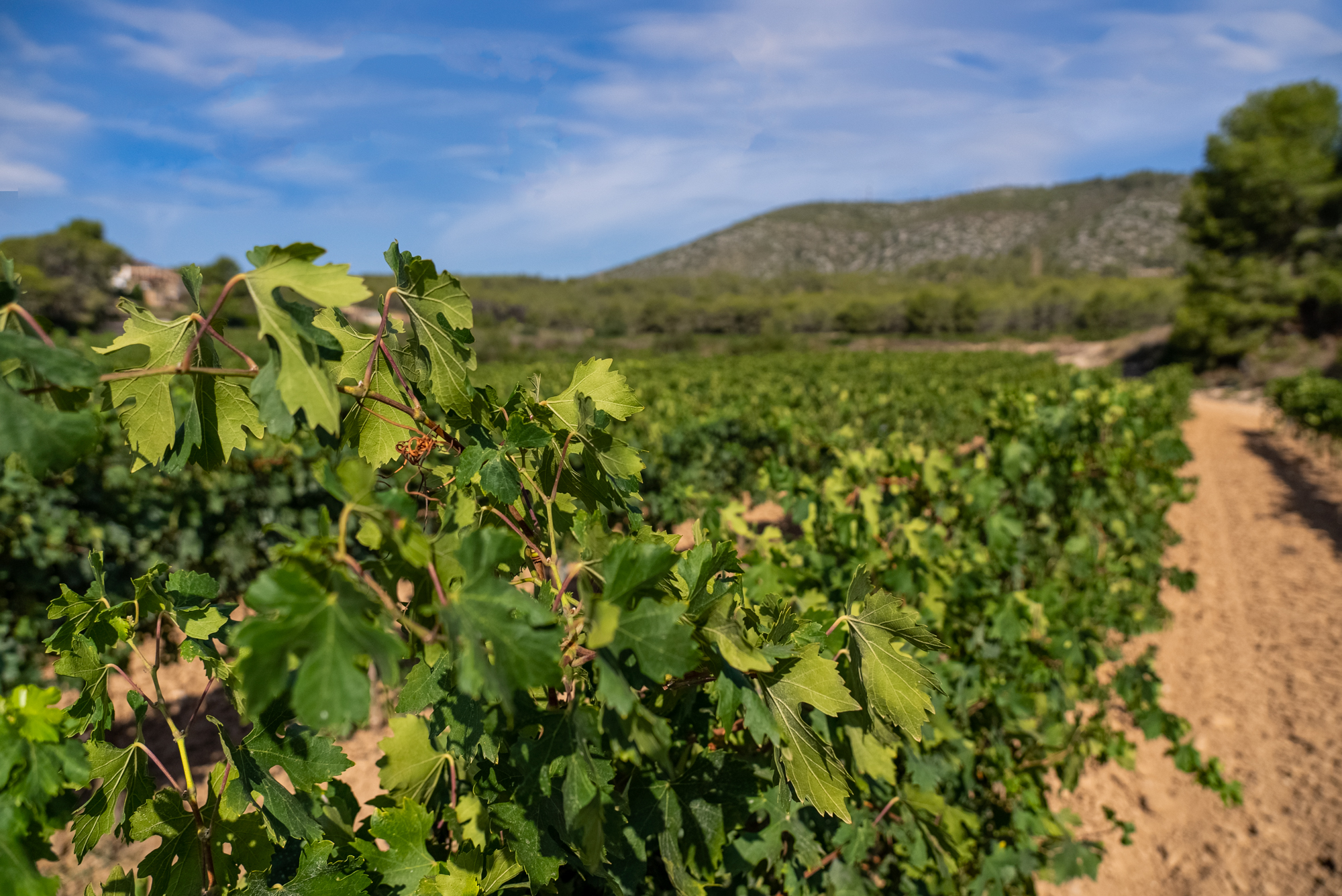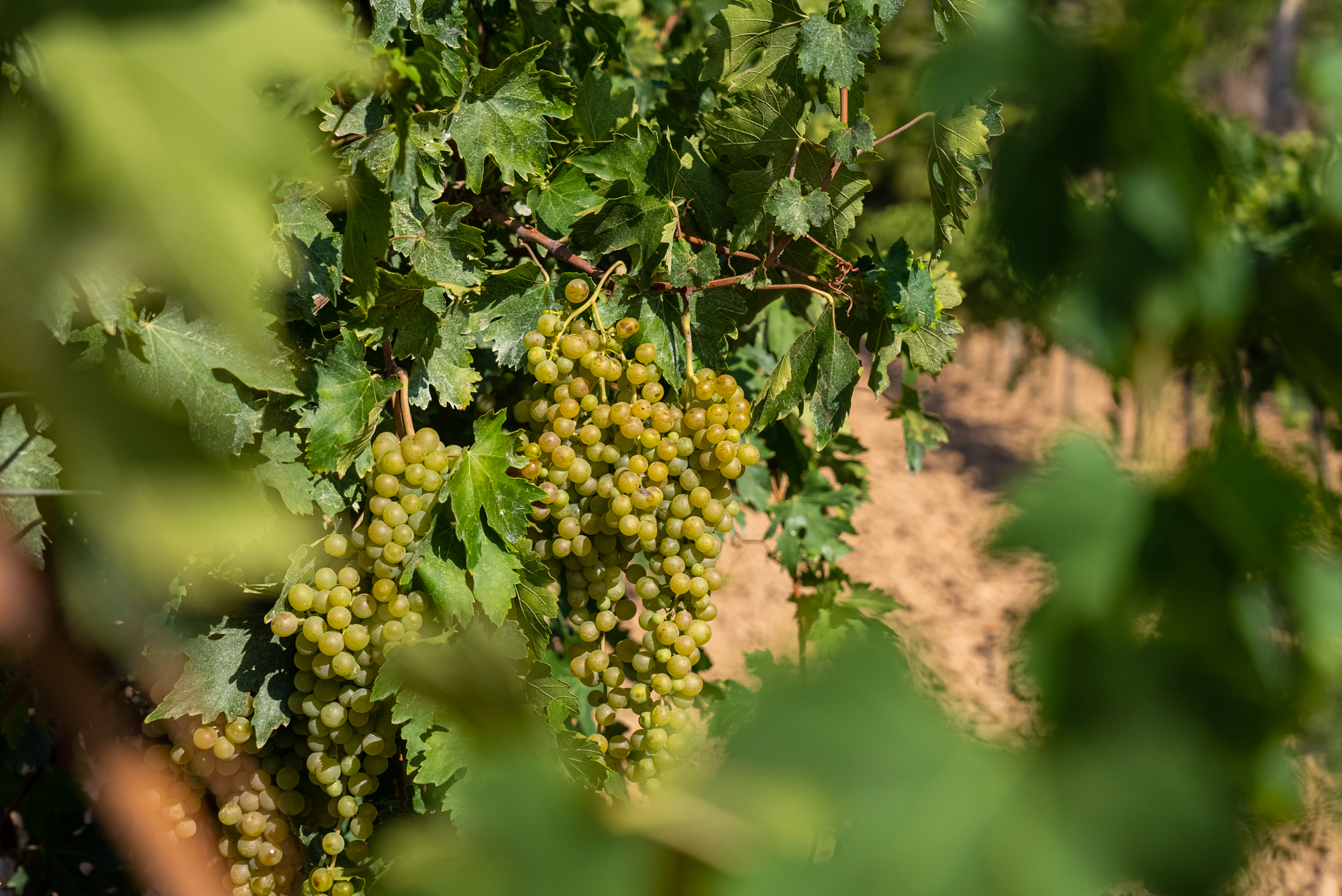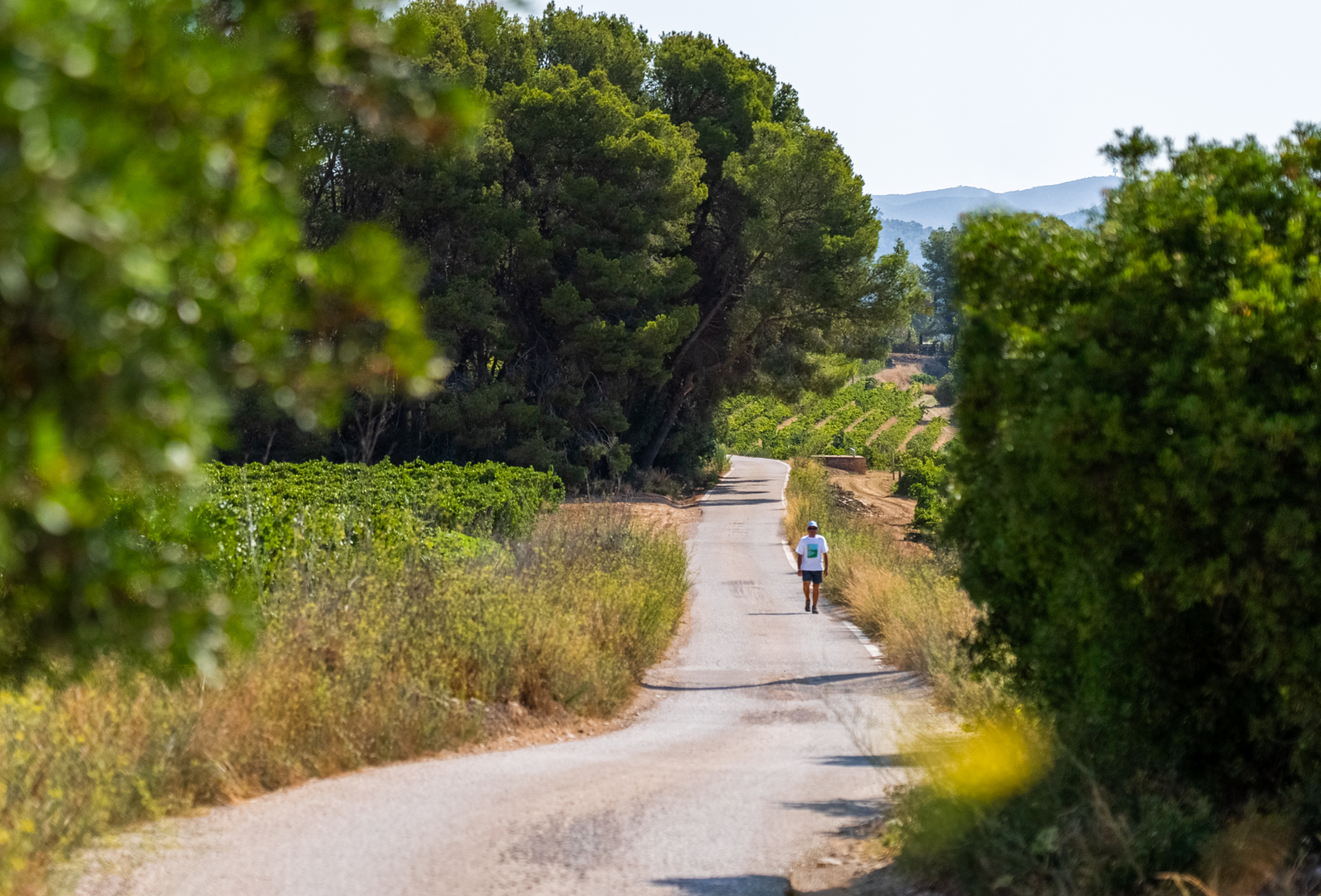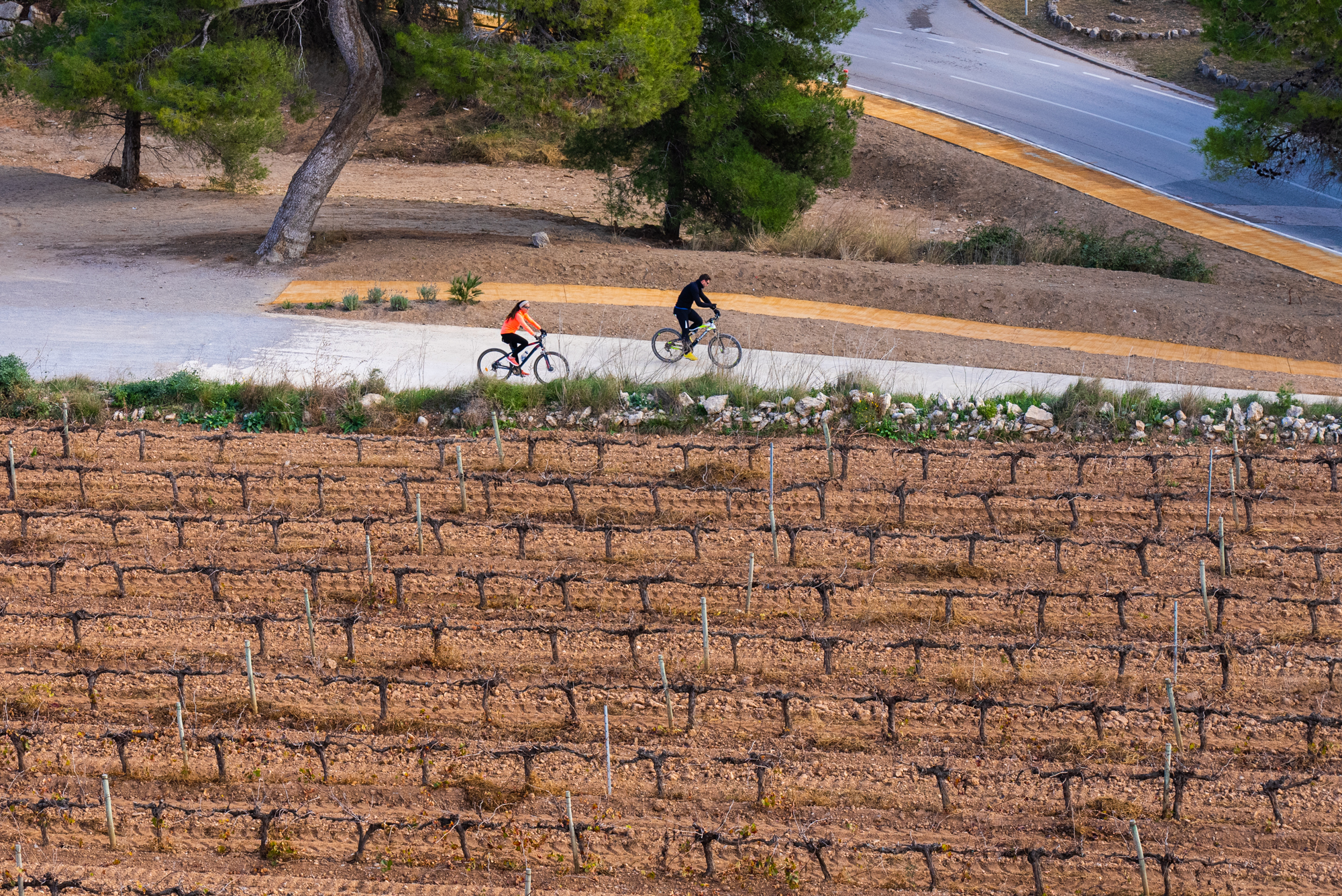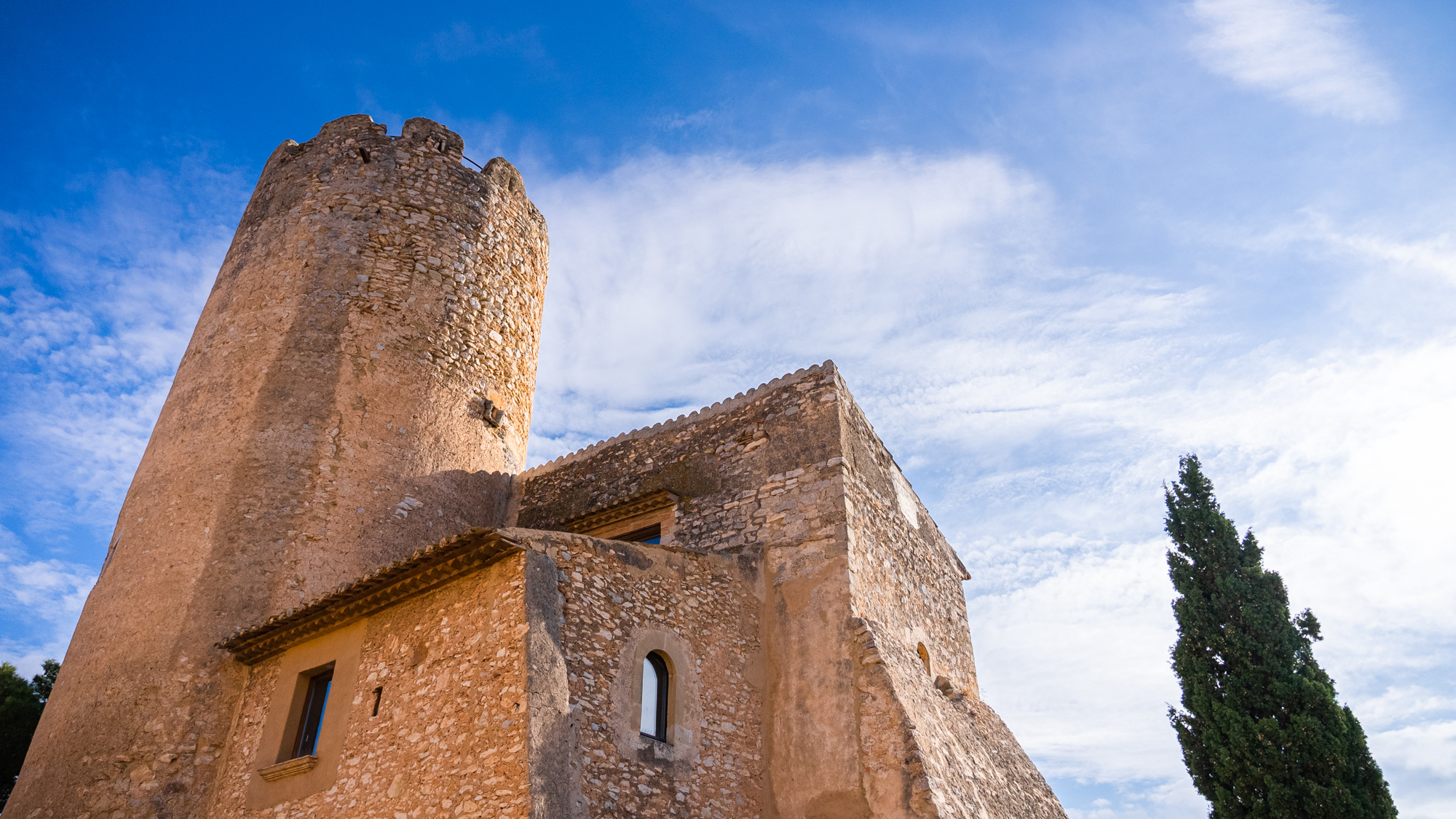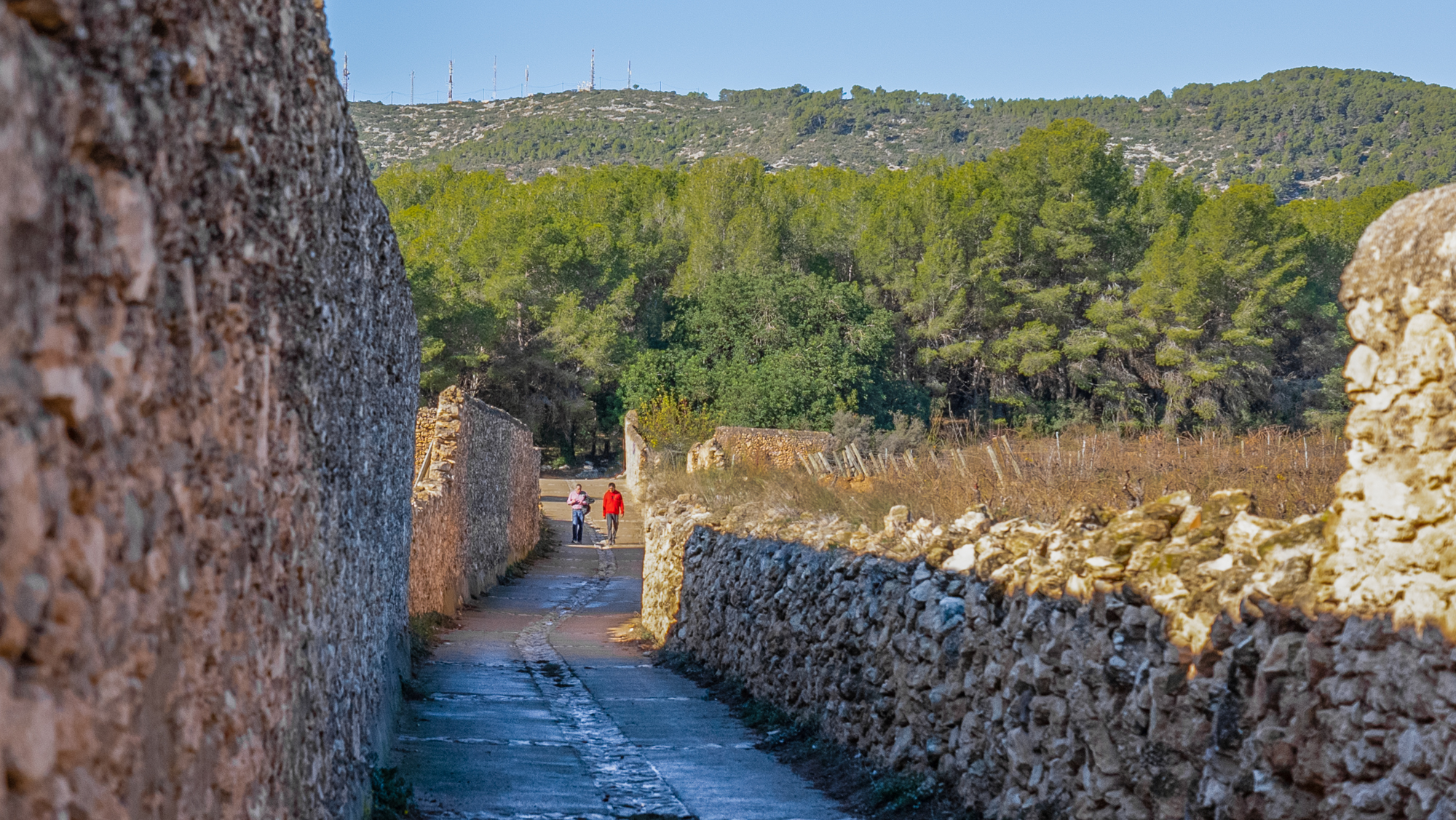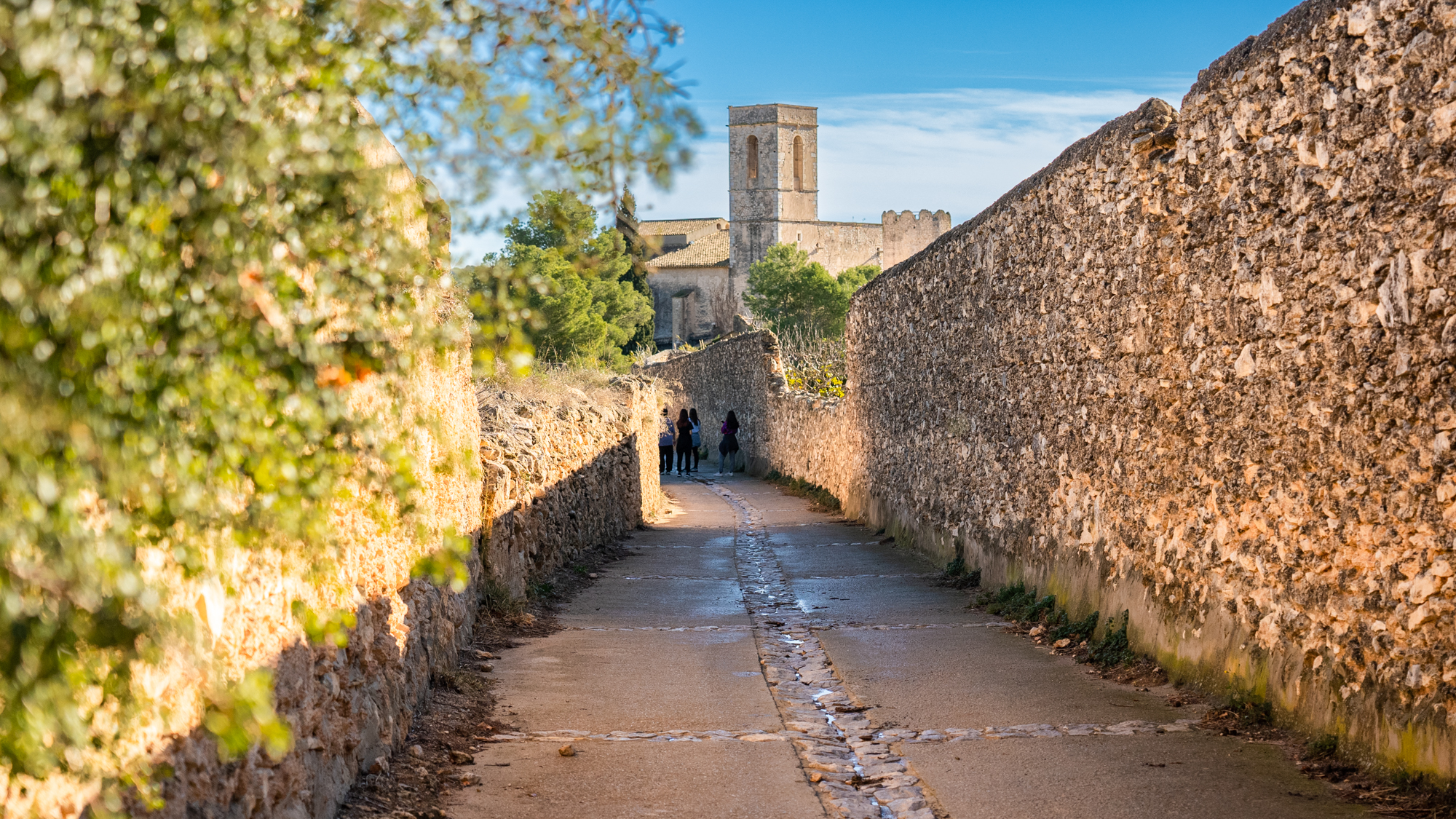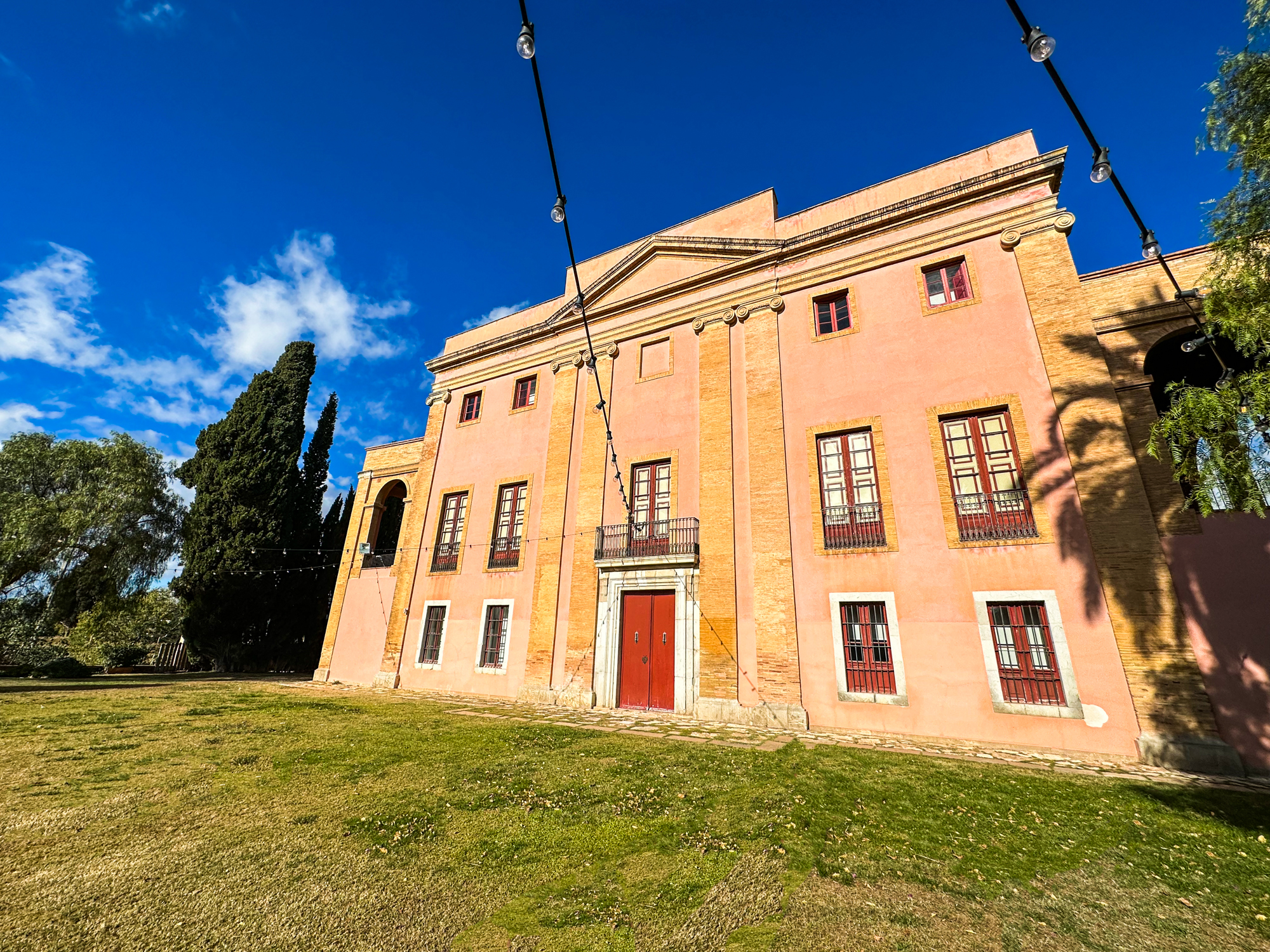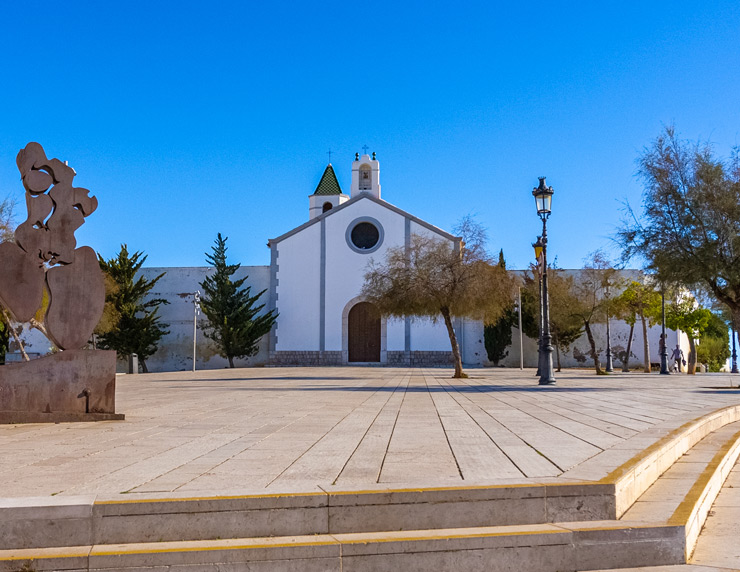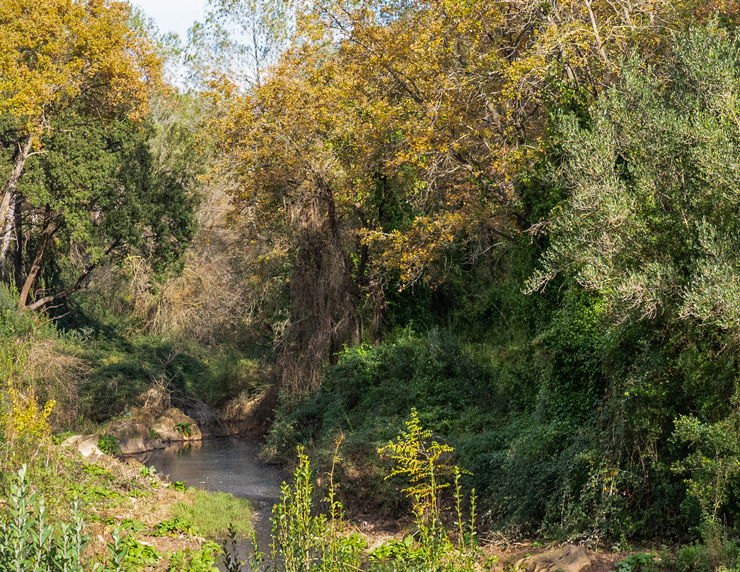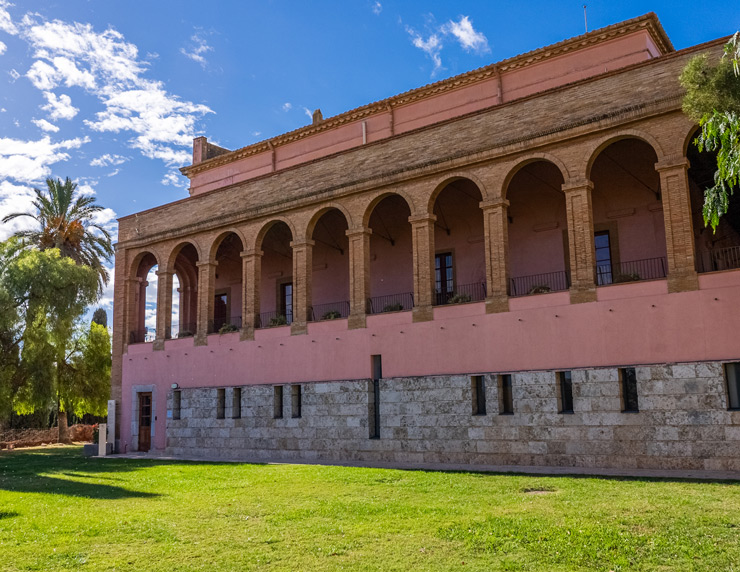A small town like the old ones, Puigmoltó, a model of respect for the environment and for an architecture that fits it. The route takes us along the GR 92.4 trail while visiting large farmhouses such as the Masia d’en Cabanyes (which houses the Manuel de Cabanyes Romanticism Interpretation Center), the Torre del Veguer (large estate and muscat wine cellar) , Can Martí and the small town of Sota-Ribes, jewel of the Garraf inland heritage.
Data of interest
Sant Pere de Ribes Vilanova i la Geltrú- Distance: 13,72 Km
- Unevenness: 210 m
- Approximate duration: 2h 37m
- Difficulty: Baixa
- Thematic: Heritage / Landscape / Nature
We start from the Torre d’Enveja and the Sant Joan Chapel, in the neighbourhood of the same name in Vilanova i la Geltrú, to join the Ronda Ibérica in a north-easterly direction with the GR 92.4 path, which we will not leave until we reach Sota-Ribes. From here, along the street of the same name and then bordering the Hospital de Sant Camil, we head towards the pretty village of Puigmoltó, the final destination of the route. For those doing the route on foot: return by bus from the bus stop just in front of the village, on the BV-2113 road.
Places of interest
-
Masia Cabanyes
Located on the outskirts, before the 19th century it was called Masía de Parellada. The Cabanyes family bought it in Parellada in 1790 and in 1798 they had the large neoclassical house built, where the poet Manuel de Cabanyes died.
The Cabanyes family ceded it to the Town Council of ...Located on the outskirts, before the 19th century it was called Masía de Parellada. The Cabanyes family bought it in Parellada in 1790 and in 1798 they had the large neoclassical house built, where the poet Manuel de Cabanyes died.
The Cabanyes family ceded it to the Town Council of Vilanova i la Geltrú in 1975. Since the 1990s it has been in the custody of the Garraf Regional Council, which has helped it with restoration, cataloguing and rehabilitation work, and in 2014 it was declared a Cultural Asset of National Interest by the Generalitat de Catalunya.
It houses the Manuel de Cabanyes Romanticism Interpretation Centre. It offers the service of renting its facilities, an ideal space for cultural and leisure activities, as well as various ceremonies (civil weddings, banquets, meetings...).
see more
see less
Find it at: Masia d’en Cabanyes – Mas de l’Artís – Pla de les Palmeres
-
Sota Ribes Castle
The oldest settlement in Ribes is in Sota-ribes, a small settlement built on a hill overlooking the confluence of the Espluga stream and the Ribes stream. In the highest part of the village is Ribes Castle, built in the High Middle Ages. Opposite it was a castle chapel that was completely renovated ...
The oldest settlement in Ribes is in Sota-ribes, a small settlement built on a hill overlooking the confluence of the Espluga stream and the Ribes stream. In the highest part of the village is Ribes Castle, built in the High Middle Ages. Opposite it was a castle chapel that was completely renovated in the 17th century to become the church of Sant Pere.
In front of the church stands the old rectory, next to which a paved path descends to the centre itself, which is crossed by the stream. Here we find the Casa del Terme, an old building of the Comú de Ribes documented from the 15th century. In the surrounding area there are several stone houses with openings made of worked stone.
see more
see less
Find it at: Route Among Vineyards In Sant Pere De Ribes / Sant Pere de Ribes – El Montgrós – Font d’en Sidro
Discover other routes
-
Sitges – Creu de Sant Isidre – Ermita de la Trinitat
Sitges- DISTANCE 15,04 Km
- WEATHER 3 h 15 min
- UNEVENNESS 530 m
-
-
De Sant Pere de Ribes a Olivella i tornar
Olivella Sant Pere de Ribes- DISTANCE 22,2 Km
- WEATHER 5h 45m
- UNEVENNESS 460 m
-
-
Masia d’en Cabanyes – Mas de l’Artís – Pla de les Palmeres
Sitges Vilanova i la Geltrú- DISTANCE 6,11 Km
- WEATHER 3 h 55 min
- UNEVENNESS 200 m
-
